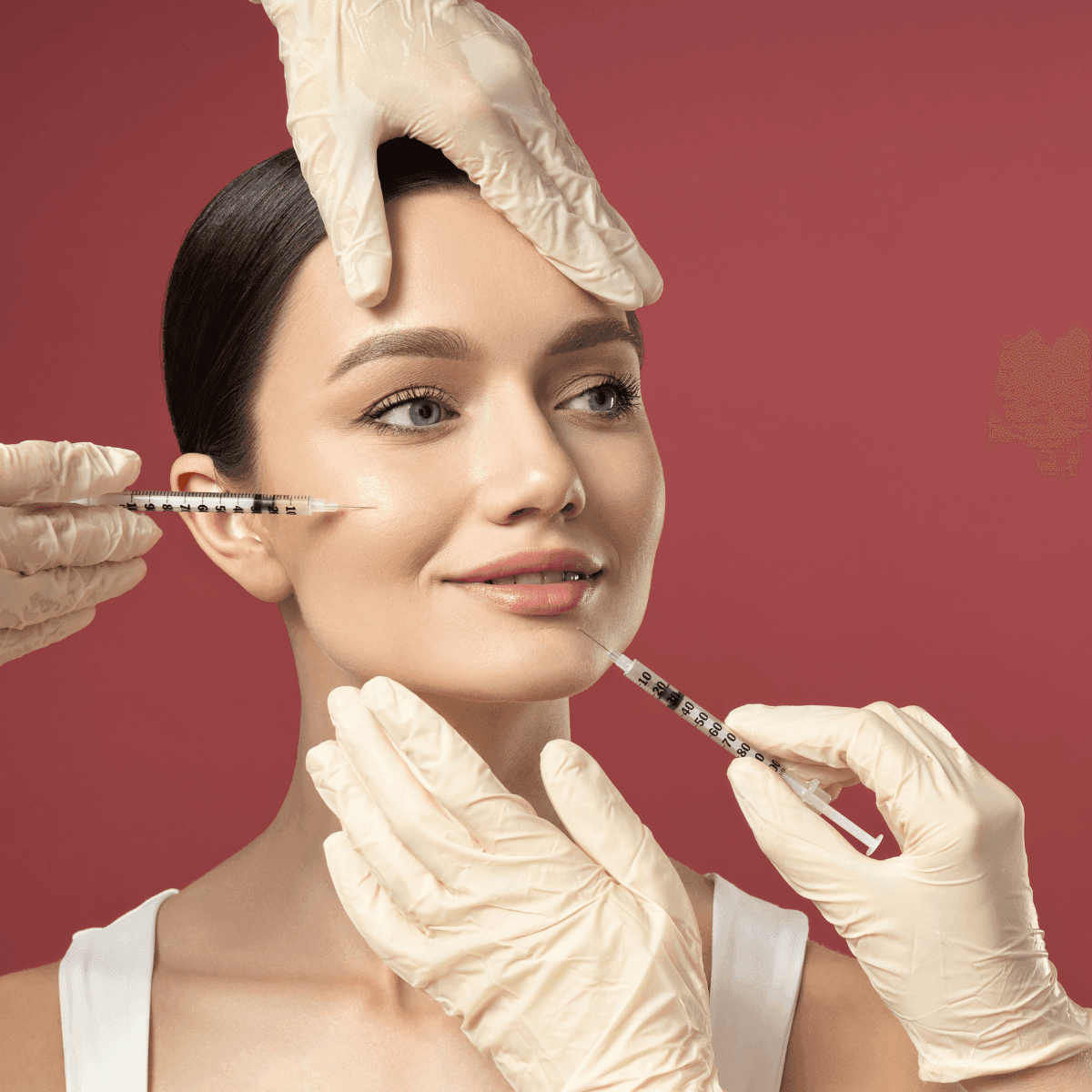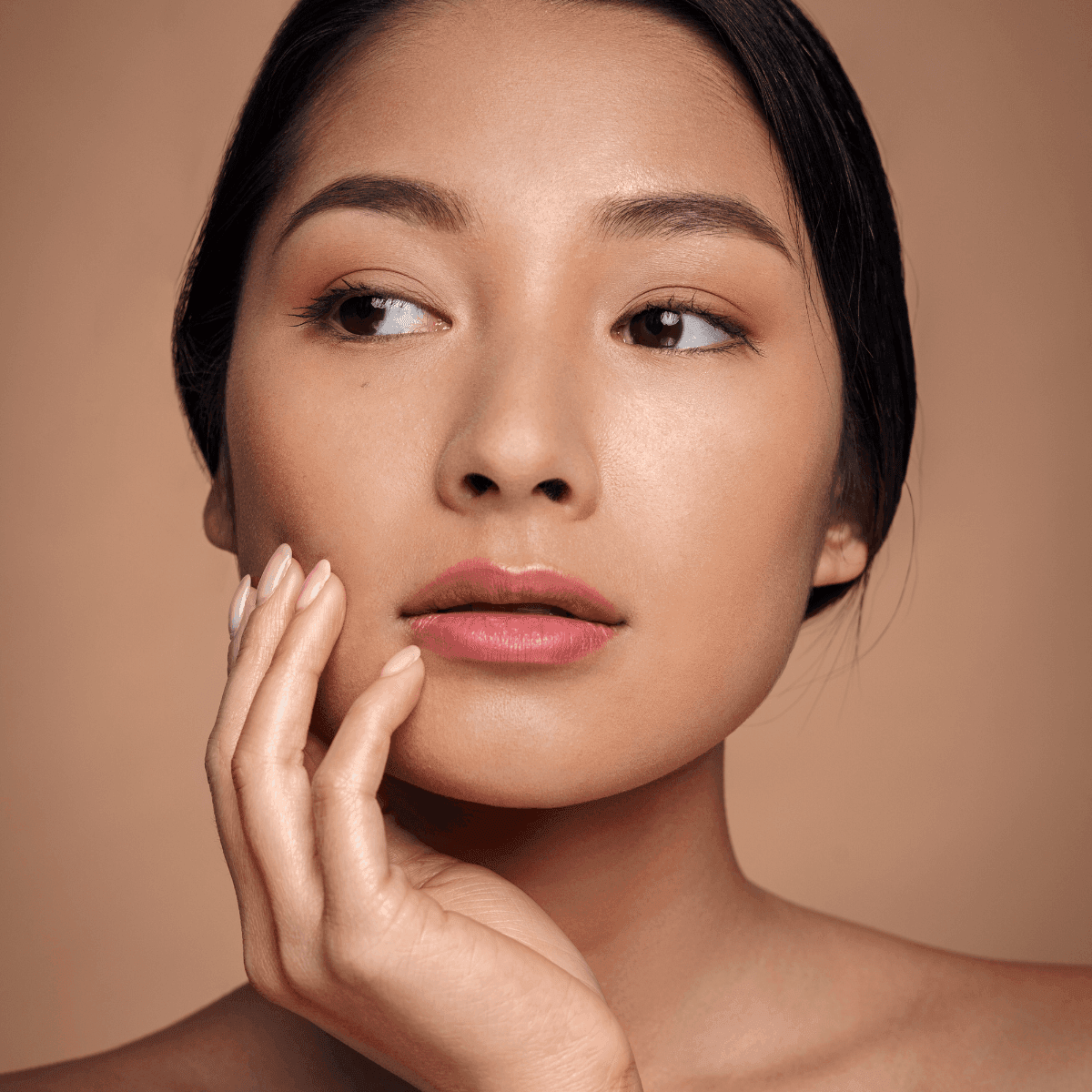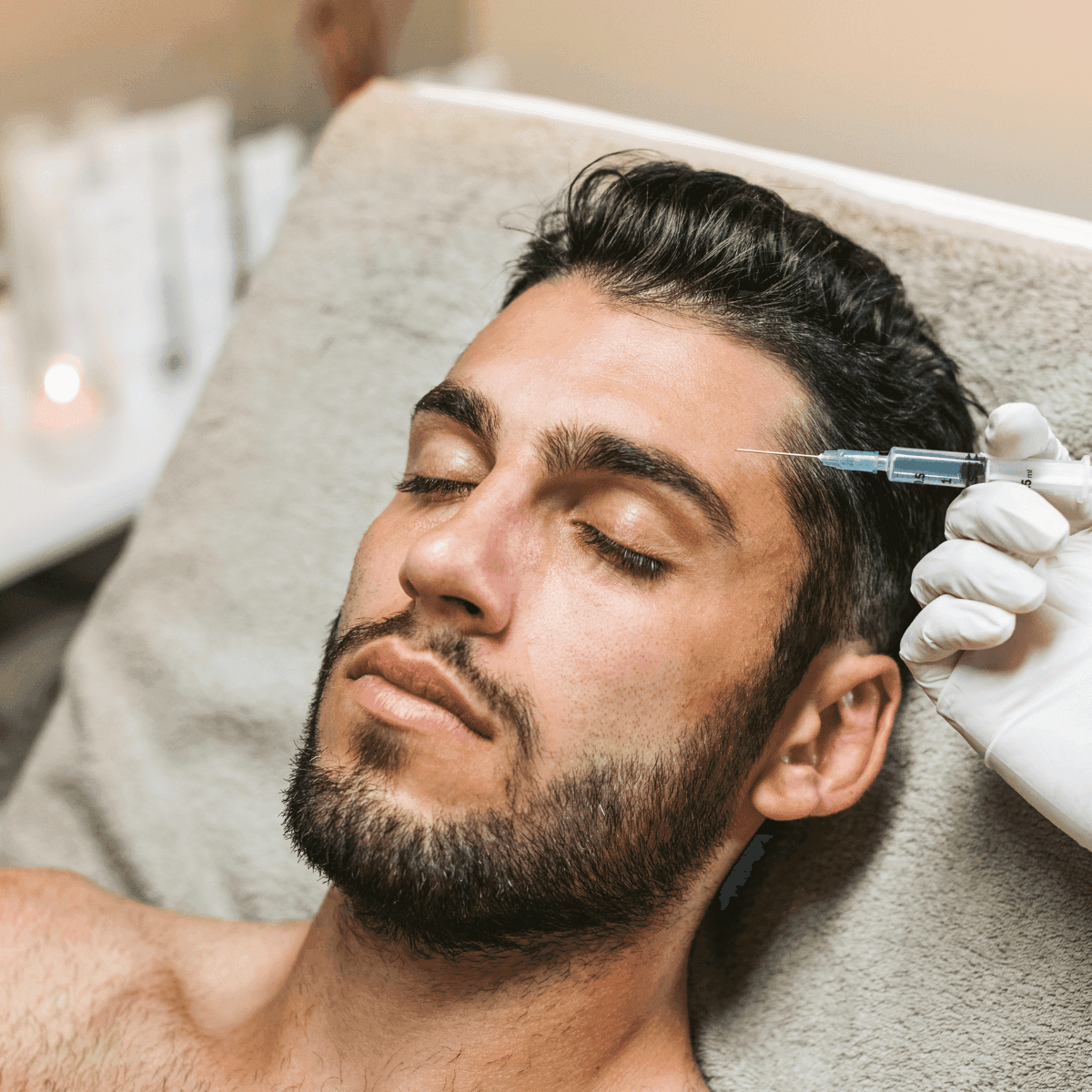Unless you’ve been living under a rock, you’ve probably heard of Botox already. It’s everywhere – from celebrity red carpets to your neighbor’s beauty routine. But why is it such a staple in the world of anti-aging treatments? Simple: Botox is quick, effective, and it works like a charm. In the beauty industry, Botox has earned a reputation for being the go-to solution for wrinkles, fine lines, and maintaining that youthful glow without undergoing surgery.
It’s most commonly used to smooth out forehead lines, crow’s feet around the eyes, and those stubborn frown lines between the eyebrows (you know, the ones that show up after a stressful week). While other treatments come and go, Botox has held its ground as a reliable and trusted option for millions worldwide. But what exactly is it, and is it right for you? Let’s dive in.
Contents
What is Botox?
Botox is short for Botulinum Toxin Type A, but don’t let the scientific name scare you. It’s derived from a neurotoxin produced by a specific type of bacteria, and while that might sound intense, Botox is carefully purified and diluted before it ever touches your skin. When injected in tiny amounts, Botox temporarily relaxes targeted muscles by blocking nerve signals. This prevents those muscles from contracting, which softens the appearance of wrinkles.
But here’s the thing: Botox doesn’t actually fill in the wrinkles. That’s what dermal fillers do. Instead, Botox works by preventing the muscles from creating the creases in the first place. Think of it as hitting the “pause” button on facial movement, allowing your skin to smooth out and stay that way for a few months.
So, what sets Botox apart from fillers or other injectables? While fillers plump up areas like your lips or cheeks, Botox is more about muscle control. If your goal is to soften lines caused by repeated expressions – like smiling, frowning, or raising your eyebrows – Botox is the solution you’re looking for. Fillers, on the other hand, are perfect for restoring volume and structure in the face.

Common uses of Botox
Botox isn’t just a one-trick pony. Its versatility extends beyond cosmetic tweaks into the realm of medical treatments. Here’s a breakdown of what Botox can do:
Aesthetic uses
- Wrinkle reduction: Say goodbye to crow’s feet, forehead lines, and frown lines.
- Prevention of fine lines: If you’re in your 20s or 30s and thinking ahead, Botox can help prevent deep lines from forming.
Medical uses
- Migraine relief: Believe it or not, Botox has been FDA-approved to treat chronic migraines. By relaxing certain muscles, it can reduce headache frequency and severity.
- Hyperhidrosis: Excessive sweating can be embarrassing, but Botox injections in areas like the underarms can help block the nerve signals responsible for sweat production.
- Muscle spasms: Botox can help manage muscle stiffness and spasms in certain neurological conditions, such as cerebral palsy or multiple sclerosis.
As you see, Botox isn’t just about looking good – it’s also about feeling better.
The Botox procedure
Now that you know what Botox can do, let’s talk about what to expect during the actual procedure. Spoiler: it’s not as scary as you might think!
Consultation and evaluation
Before getting started, your practitioner will assess your face, talk to you about your goals, and make sure you’re a good candidate for Botox. This is the time to ask all your burning questions – like how many units you’ll need or if you’ll still be able to make facial expressions (yes, you will).
Pre-treatment guidelines
Before your appointment, avoid taking blood-thinning medications (like aspirin) and skip the alcohol. This will help reduce the chances of bruising at the injection sites. Your practitioner will provide specific guidelines based on your health history.
Injection process
The actual Botox injections take less time than your morning coffee order – about 10 to 15 minutes, tops. A very fine needle is used to inject small amounts of Botox into the targeted muscles. Most people report only mild discomfort, similar to a tiny pinch. Depending on the number of areas you’re treating, you may need anywhere from 10 to 50 units of Botox.
Aftercare tips
Right after your injections, you may notice some redness or mild swelling, but this usually fades within a few hours. Your practitioner might suggest using ice to minimize swelling. It’s also a good idea to avoid strenuous exercise, lying down, or massaging the treated areas for at least 24 hours to ensure the Botox settles properly.

Expected results
After your Botox session, the results won’t be immediate – but don’t panic! Botox takes a bit of time to work its magic. Most people start to see results within 3 to 7 days, and the full effect typically shows up around the two-week mark.
- How long does Botox last? On average, Botox lasts between 3 to 4 months, depending on factors like your metabolism, muscle strength, and how often you receive injections. Some people may notice their results lasting up to 6 months with regular treatments.
- Botox vs. Dysport: While Botox is the household name, Dysport is another injectable that works similarly by relaxing muscles. Dysport tends to spread more easily, making it ideal for treating larger areas like the forehead. However, Botox has a more concentrated effect, which makes it better for targeting specific lines. It really comes down to personal preference and what your practitioner recommends.
Risks and side effects
Like any cosmetic procedure, Botox comes with potential risks and side effects, although they’re usually minimal and temporary. Common side effects include:
- Swelling and bruising at the injection site.
- Mild headaches (usually short-lived).
- Temporary muscle weakness in the surrounding areas.
Rare but serious complications
In very rare cases, Botox can spread beyond the injection site and cause issues like drooping eyelids, difficulty swallowing, or breathing problems. These side effects are more likely to occur if the Botox is injected improperly, which is why it’s critical to choose an experienced, board-certified practitioner.
Minimizing risks
Follow all pre-treatment and post-treatment instructions carefully, and choose a skilled injector with a solid track record. A good rule of thumb is to avoid chasing discounts – quality Botox treatments come at a price, and your face is worth investing in.
Who is a good candidate for Botox?
Botox isn’t for everyone, but it’s an excellent option for those looking to reduce the appearance of mild to moderate wrinkles without going under the knife.
Ideal candidates include:
- People with dynamic wrinkles (lines that appear when making facial expressions).
- Those in their late 20s to early 50s looking to prevent deeper lines.
- Anyone seeking a quick, non-invasive treatment with minimal downtime.
Who should avoid Botox?
- Pregnant or breastfeeding women.
- Individuals with certain neuromuscular disorders.
- People with allergies to any of the ingredients in Botox.
If you’re unsure whether Botox is right for you, always consult with a professional who can assess your unique situation.
Botox vs. other anti-aging treatments
Botox is great, but how does it compare to other popular anti-aging treatments like dermal fillers, chemical peels, or laser therapy? Each option serves a different purpose.
- Dermal fillers: These are best for adding volume and structure to areas like your cheeks or lips.
- Chemical peels: Want to refresh your skin’s surface? Peels remove dead skin cells and can improve skin texture and tone, but they don’t tackle muscle-related wrinkles.
- Laser therapy: If you’re looking to treat deeper wrinkles, scars, or pigmentation issues, lasers might be the better choice. However, lasers require more downtime than Botox.
If you’re dealing with dynamic wrinkles caused by repeated muscle movement, Botox is your go-to treatment. It’s also ideal if you want something quick with little to no downtime.

Myths and misconceptions about Botox
Let’s clear up some common misconceptions:
- Botox makes you look frozen. False. When done correctly, Botox softens wrinkles while still allowing natural expressions. It’s all about balance.
- Botox is only for older people. Nope. People in their 20s and 30s are increasingly opting for “preventative Botox” to stop wrinkles before they form.
- Botox is only for women. This treatment is effective regardless of gender, and more and more men nowadays are embracing its numerous benefits.
- Botox is unsafe. When administered by a trained professional, Botox is FDA-approved and has been used safely for decades.
At the end of the day, Botox is more than just a wrinkle treatment – it’s a versatile and reliable tool in the beauty world that offers both cosmetic and medical benefits. Whether you’re looking to smooth out lines, prevent future wrinkles, or even treat conditions like migraines or excessive sweating, Botox has a lot to offer.
The most important step? Consulting with a qualified professional to determine if Botox is right for you. With the right guidance, Botox can help you feel more confident and refreshed, giving you the subtle, natural-looking results you’re after. So, now that you’re a Botox expert, what are you waiting for? It’s time to turn back the clock – one tiny injection at a time.


